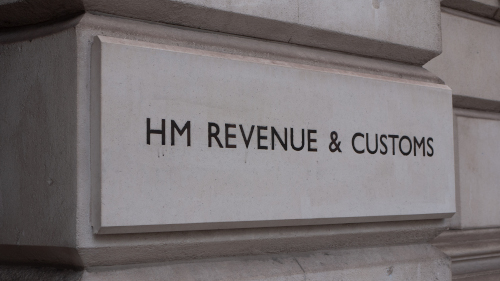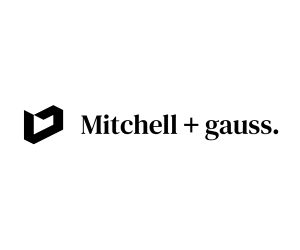Record £8.2bn haul from Inheritance Tax as frozen thresholds bite

Inheritance Tax (IHT) receipts reached a record £8.2 billion in the 2024-25 tax year, up from £7.5bn previously, HMRC has revealed.
This increase is largely driven by rising property and asset values combined with frozen tax thresholds, which are pulling more estates into the IHT net.
The main £325,000 nil-rate band has been unchanged since 2009, and the additional £175,000 residence nil-rate band, introduced in 2017, is also static. Both are set to remain frozen until at least 2030. Currently, around 4% of UK deaths trigger an IHT liability, often driven by property values which constitute roughly 38% of the average taxpaying estate.
The government’s Office for Budget Responsibility forecasts IHT receipts will rise to £13.9bn by 2030. Future revenue will be further bolstered by upcoming changes: from April 2026, agricultural property relief will be capped at £1 million (with sums above taxed at 20%), and from 2027, pension pots will become liable for IHT.
These reforms are projected to raise an extra £520m and £1.46bn per year respectively by 2029-30. While the government argues the changes promote fairness and help fund public services, farmers fear the impact on family businesses, and financial advisers highlight the increasing complexity for families navigating the system, many of whom are unaware their estate could be liable.









